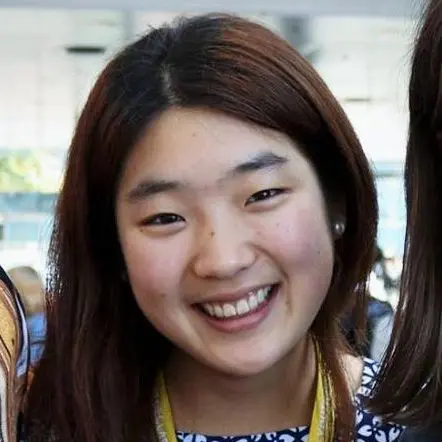Another awesome part of our trip was the advocacy that was naturally a part of the work we did. During our normal day to day work, we had a lot of people pass us along the tracks that would stop to see what we were doing. These ranged from tourists from Europe, to retirees from Tauranga. This would not only give us the chance to talk to them about the black petrels, but sometimes even show how beautiful the birds were in real life. Often the people we would see were people that were already aware, and appreciative of nature, and so talking about the need for conservation and respect for the environment was rather easy. Despite this, showing a live black petrel still gave them a special experience to connect with what needed to be protected.
Near the start of our trip we also had Stuart from the Ministry of Primary Industries, and his partner Sarah-Jane come up and stay a night with us at camp. With bycatch being one of the major issues that the black petrels face, there has been involvement from the Ministry regarding minimising and mitigating the negative impact that commercial fishers may have. They came with us to see the black petrels, and understand the kind of work we were doing with them. Stuart even helped us process the birds! Having Stuart and Sarah-Jane join us emphasised the importance of involving and engaging all stakeholders to effectively combat issues. The more people that understand the issue, means the better chance for improved regulation and policy, not only for the black petrels, but hopefully also for other conservation and environmental issues.
On our last Monday of the trip, we engaged in a unique type of advocacy too! We had the year 7 senior students from the local school in Okiwi come up the mountain to learn about the black petrels and assist us in our work. They walked up to the summit Monday after school, and after staying the night at Mt Heale Hut, they joined us on Tuesday morning bright-eyed and bushy tailed. We began by doing a briefing overall, and talked to them about the black petrels generally: the different stages they have in their life and any special features they have. It was also the chance for the students to ask any general questions they may have had in preparation for the report that they would have to write after their trip. We then split off into 2 groups, and the students helped us check the study burrows. This meant having them opening hatches, and donning gloves to poke their arms down the dark burrow holes if they were brave enough! It was awesome having some young kids asking questions, and willing to be so engaged in the conservation work that was going on at their home. Meeting and talking to the teachers, as locals of the island was also quite interesting, with the many day to day things that they do (like rat trapping at their school!) for conservation on the island.
As we were working with the kids, one thing that was on my mind was just how lucky these guys were to call Great Barrier Island home. Their backyard was home to many beautiful species of birds and other animals, and they could easily enjoy nature at its finest. Unfortunately, it was pointed out to Jemma and I that this isn’t so for many young New Zealanders, who grow up without any large amount of time spent in our natural wildlife – especially those from big cities like Auckland. This means more and more New Zealanders don’t really get a chance to connect with the environment, and without that connection, it’s hard to articulate the true importance of why we need to protect and improve the environment that we do have. Hopefully with more and more programmes, our young kiwis will grow up to be people that appreciate and respect the amazing environment that we have in New Zealand.

Bokyong Mun
BLAKE DOC Ambassador 2016


